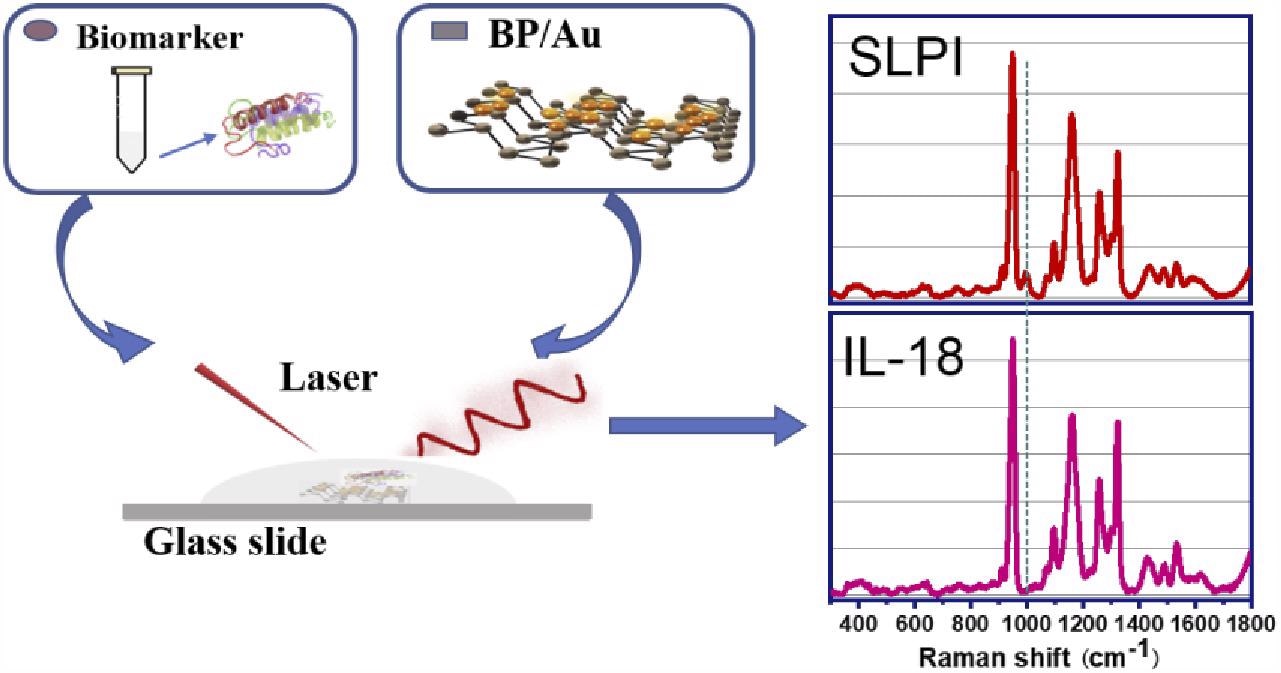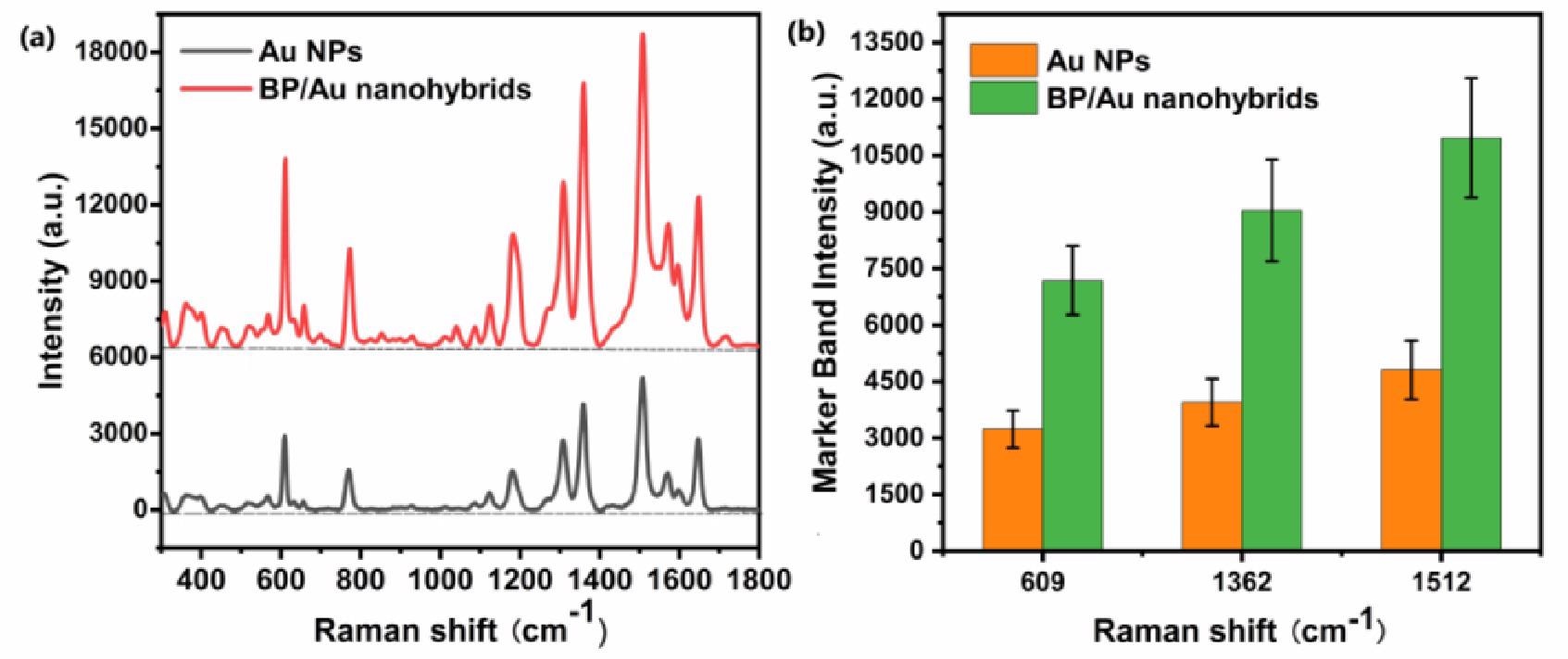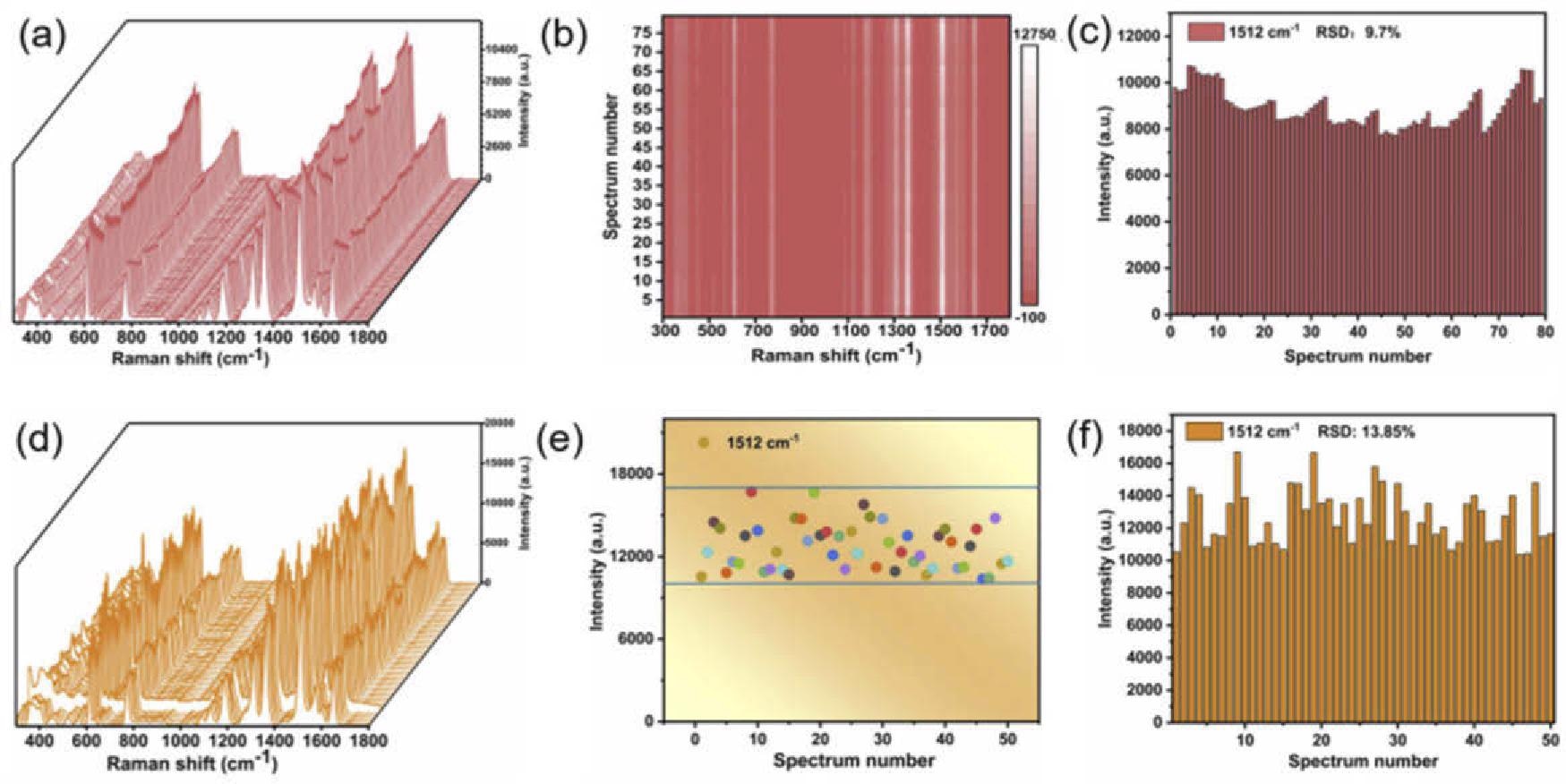Globally, there is a shortage of donor kidneys, which has led to proposals to significantly expand the pool of deceased donors to include expanded criteria donors. However, challenges exist with assessing donor kidney quality, such as damage and the potential clinical outcomes such as recipient complications. A study published online in Optics Express has proposed the use of surface-enhanced Raman scattering spectroscopy (SERS) for this purpose.

Study: Simultaneous and ultra-sensitive SERS detection of SLPI and IL-18 for the assessment of donor kidney quality using black phosphorus/gold nanohybrids. Image Credit: Maha Heang 245789/Shutterstock.com
Critical Issues with the Global Supply of Donor Kidneys for Transplants
Kidney transplantation has significant advantages over dialysis for patients with end-stage renal disease, improving quality of life and survival rates. However, there is a problem: there is an imbalance between global supply and demand, which severely restricts access to donor organs. In China, a leading global economy, this imbalance is estimated to be 1:30. Alongside this problem, the discard rate of kidneys is high due to a lack of donor kidney quality.

Schematic illustration of SERS detection of biomarkers SLPI and IL-18 using BP/Au nanohybrids. (The dashed line indicates the characteristic band at 1000 cm−1 corresponding to SLPI. While IL-18 shows no obvious band at 1000 cm−1). Image Credit: Chen, H et al., Optics Express
Due to this global bottleneck in supply and quality issues, proposals have been drawn up to expand the criteria for deceased donor patients to those who died from acute kidney injuries. However, the use of these donor kidneys can have impaired transplant outcomes due to damage and the increased risk of delayed graft function. Transplant patients can reject these potentially viable organs, leading to reduced quality of life.
Because of this, patients and clinicians are reluctant to accept donor kidneys from deceased individuals who suffered from acute kidney injuries. Because of this hesitation and the urgent need to increase the global supply of donor kidneys, there is an urgent need to assess the quality of donor organs properly and efficiently, in terms of patient acceptance and rejection.
Current Methods for Assessing the Quality of Donor Kidneys
Currently, it is difficult to accurately assess the quality of donor kidneys. Commonly used methods include clinical scores, machine perfusion systems, and biopsy histopathology. Each of these methods has its drawbacks. Clinical scoring suffers from inaccuracy. The parameters used in machine perfusion cannot be used as standalone criteria due to their weak association with organ quality. A kidney biopsy is an invasive procedure.
The drawbacks in current assessment methods have facilitated research into viable alternatives. Recently, it has been discovered that biomarkers found in blood serum and urine are related to kidney damage. Some of the most important biomarkers include NGAL, KIM-1, IL-18, and L-FABP. IL-18 and NGAL are useful for detecting early-stage acute kidney injuries. However, no one biomarker is 100% accurate for detecting kidney injuries due to their complex nature.

(a) Average SERS spectra of R6G with a concentration of 10−2 mM using Au NPs and BP/Au nanohybrids as enhancing substrates, respectively. (The spectra were placed in parallel for clarity) (b) SERS intensity quantification of characteristic bands of R6G enhanced by Au NPs and BP/Au nanohybrids, respectively. Error bars indicate the standard deviations of ten measurements. Image Credit: Chen, H et al., Optics Express
Recent studies have shown that secretory leukocyte peptidase inhibitor (SLPI) is upregulated in injured kidneys, meaning that it is a promising biomarker for damage. Moreover, the use of panels of biomarkers, rather than single biomarkers, may be better for assessing the quality of donor kidneys. Amongst analytical techniques such as electrochemistry, fluorescence spectroscopy, and liquid chromatography, there is no current gold standard for assessing kidney damage in donor organs.
The Study
The study has investigated the use of surface-enhanced Raman scattering (SERS) which is a spectroscopy method. This method is ultra-sensitive and can detect single molecules and is suitable for multiplex analyses of samples. SERS has been widely used to detect proteins, cells, and nucleic acids.
A label-free SERS technique was used to simultaneously evaluate SLPI and IL-18 biomarkers for the first time. An in-situ deposition process was used to attach gold nanoparticles to the surface of black phosphorous nanosheets. These nanohybrids were used as SERS substrates to detect the biomarkers for acute kidney injury in both blood serum and a buffered solution.
The authors have stated that this method has three distinct advantages over other techniques. The gold/black phosphorous nanohybrids display stable and enhanced SERS activity which enhances dependable, sensitive, and quantitative detection. Secondly, surface enrichment of biomarkers due to black phosphorous affinity saves time and makes the technique easier. Finally, multiple biomarkers can be detected in a single assay at concentrations as low as 0.02 ng/mL.

The uniformity and reproducibility of BP/Au nanohybrids. (a) 80 individual SERS spectra of R6G with a concentration of 10−2 mM. (b) SERS barcode of R6G by collecting 80 spectra along the y-axis, and (c) Histogram statistics of SERS intensity at 1512 cm−1 collected from 80 spectra. (d) 50 Raman spectra of 10−2 mM R6G. Scatter plot (e) and histogram statistics (f) of SERS intensity at 1512 cm−1 collected from 50 individual spectra. Image Credit: Chen, H et al., Optics Express
The authors have stated that this extremely sensitive multiplexing technique has the potential to detect subtle changes in biomarker levels that are associated with kidney damage. Using this proposed technique, the graft and patient outcomes can be more accurately predicted. This will pave the way for the objective assessment of donor kidneys prior to transplantation, improving the global supply of donor kidneys from deceased patients who suffered from acute kidney injuries.
Further Reading
Chen, H et al. (2022) Simultaneous and ultra-sensitive SERS detection of SLPI and IL-18 for the assessment of donor kidney quality using black phosphorus/gold nanohybrids [online] Optics Express 30 (2) pp. 1452-165 | osapublishing.com. Available at: https://www.osapublishing.org/oe/fulltext.cfm?uri=oe-30-2-1452&id=466669
Disclaimer: The views expressed here are those of the author expressed in their private capacity and do not necessarily represent the views of AZoM.com Limited T/A AZoNetwork the owner and operator of this website. This disclaimer forms part of the Terms and conditions of use of this website.